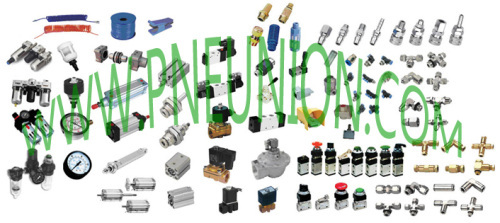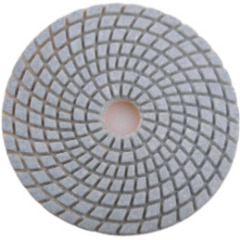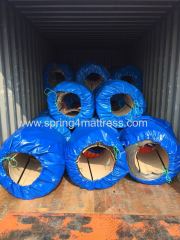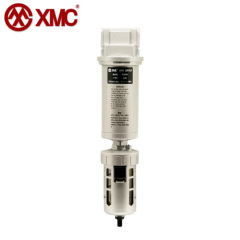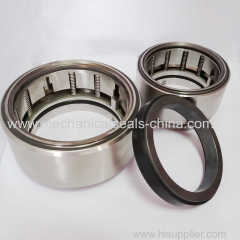Product (228)
-
Filter Regulator Lubricator
(8)

- Air Source treatment (27)
- Air cylinders (29)
- Air operated valves (44)
- Air Solenoid valves (22)
- Brass Push in fittings (11)
- Air tube fittings (70)
- Brass ball valves (5)
- Air blow guns (5)
- Vacuum Ejector (6)
- Hydraulic cylinders (1)
Valves' knowledge (1)
News (30)
Credit Report
Products Index
Company Info
E.DO TOOLS CO.,LIMITED [China (Mainland)]
Business Type:Manufacturer
City: Ningbo
Province/State: Zhejiang
Country/Region: China (Mainland)
News
Pneumatic Cylinders: Air into Energy
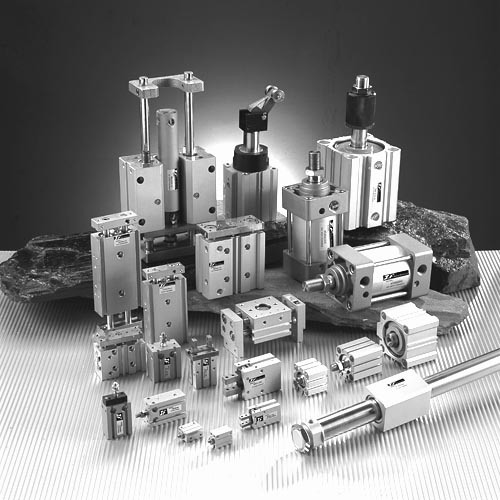
The energy sources utilized in industry are varied, and some are better options then others for both financial and environmental reasons. Electric energy does not deposit negative toxins into the atmosphere but it does cost a bundle when used in the vast amounts necessary to energize a manufacturing complex full of machines. Oil and gas can be expensive as well as harmful to the air. However, these two most common options are not the only available. Pneumatic energy refers to using compressed air to fuel the actions of a system or machine. One such example of this energy efficient and low cost method is pneumatic cylinders.
Also known as air cylinders, these spherical or rectangular cylinders may be attached to a variety of systems or objects, such as drill presses or doors. They are used to move these tools. They are able to build enough power by way of compressed air rushing into the cylinder chamber through a port at one end. Inside the cylinder is a piston, which rises to the opposite end of the cylinder with the air. Attached to the piston is usually a rod that is extended from the far end of the pneumatic cylinder and is what moves the object the cylinder is connected to. The spatial relationship and strength of the compressed air is what achieves this powerful movement or series of movements.
Numerous designs are able to achieve this air into energy equation. The most basic distinction between designs is the single acting cylinder and double acting cylinder. The double acting cylinder is able to move in two directions while the single only moves in one. Rotary cylinders create a circular motion, while rodless cylinders move objects without the rod and therefore use less space. Each design is suited to certain applications, but whichever is being utilized you may rest assured it is using less energy and therefore less money then other forms of energy.
Pre Page:
Water Solenoid Valves
Next Page:
How the Miniature Air Cylinders Work


